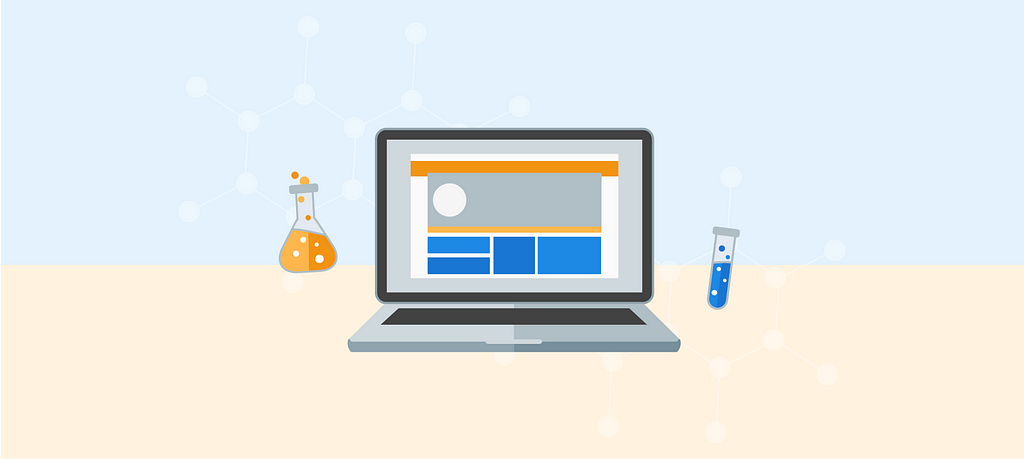Build Design Systems With Penpot Components
Penpot's new component system for building scalable design systems, emphasizing designer-developer collaboration.

UX Planet — Medium | Anton Nikolov

These days I’ve been doing a bit of retrospective in my head on my Design journey so far. How things started for me and how they could have been better if I only knew a few key lessons earlier.
I will share them in several post to avoid one long. My hope is this could be a nice advice/tip to any of the young designers starting their journey.
Remembering my starting days back in the Design school makes me smile. The many good memories I made there, but also of how ridiculously stupid I was.
I was thinking that Design is where creativity and innovation meet. Simple right!
I had figured it out! Just need to create new stuff in creative way. Remix the already created stuff, add a bit of “innovation” and a subjective angle and do a move like the salt bae and voila! Design is materialized.
 How I was thinking I look when designing
How I was thinking I look when designing
However, like many simple things in life there comes a point where Life comes and bitch slaps you a few times until you realize there is more to it and you’re seeing only the surface of the deep lake. This time of course came for me, too.

It made me realize I need to make fundamental change in my mindset and how I see the world around me. Don’t get me wrong, the approach above is not that bad. You can do some good in the world if you approach design at the surface level. But if you want to make real impact you need to be willing to swim in deeper waters.
Up the level of your design work and give it more depth. Develop a more scientific mindset when you design. A mindset that allows you to be open to experimentation. Objective mind that keeps you asking questions and trying to disprove or prove your hypothesis.
So how do you develop this mindset?
Here is my short and boiled down advice to my younger self from the old days.
To science your design put on your mental lab coat and forget all the parental love for your design. You can love it after it survives the experimentation and questioning. Otherwise, you’re risking to overdevelop the aesthetic nature of the design. There needs to be a balance between aesthetics and usability/functionality.
Put on your “Objective glasses”, “Questioning hat” and reduce the “Emotional thermostat”. This is key for successfully sciencing your design.
Learn to ask questions. Discover a problem that needs resolving. Find out what you really know and what you think you know and what you don’t know. Get your hands dirty with all available data, and try to find answers in it to your questions. Be careful of the selection bias.
If you still have unanswered questions or new ones have poped up go and search for their answers, too. Go talk to the people who are experiencing the problem, it will help you understand it.
Ask people and listen. Different perspectives make a flat world into a round one. 😉
Time to go back to point 1, again.
I sincerely hope this post can be useful to young designers. It is my attempt at boiling down a lot of stuff I’ve been fortunate to learn during the past few years after my design school graduation.
Know that each project is unique and you need to adapt based on the situation. When you decide to use the approach I described above, it will slowly develop a mindset that will help you to adapt quicker and better. It will make you a better designer and person to work with on solving problems.
If there are any questions, please shoot them in the responses below and let’s have a discussion.
Thanks a lot for taking the time to read my thoughts!
Don’t be shy to 👏👏👏 if you found the post useful. It will help others find it.
Follow me for more, I will do my best to keep them coming.
Science your design more often was originally published in UX Planet on Medium, where people are continuing the conversation by highlighting and responding to this story.
AI-driven updates, curated by humans and hand-edited for the Prototypr community